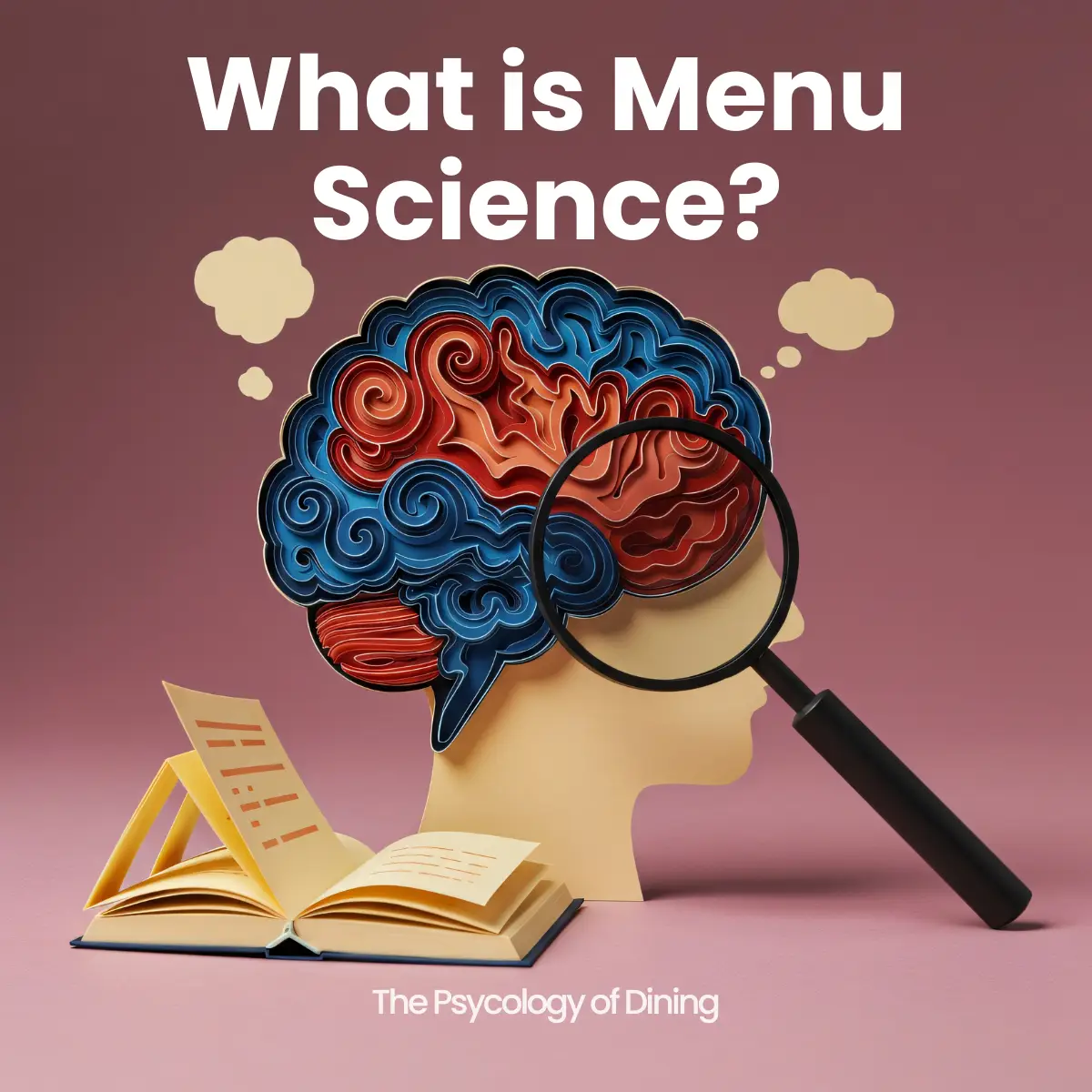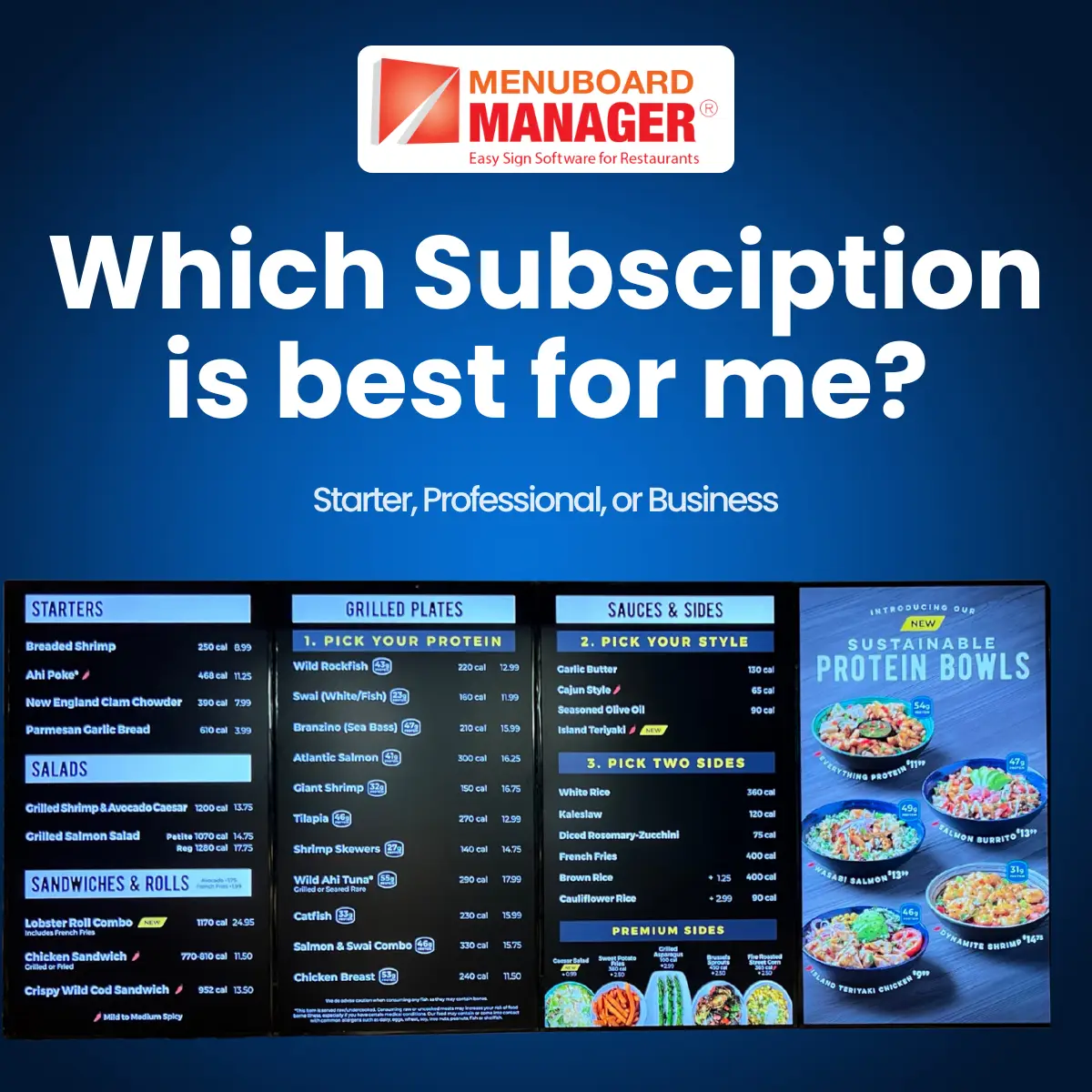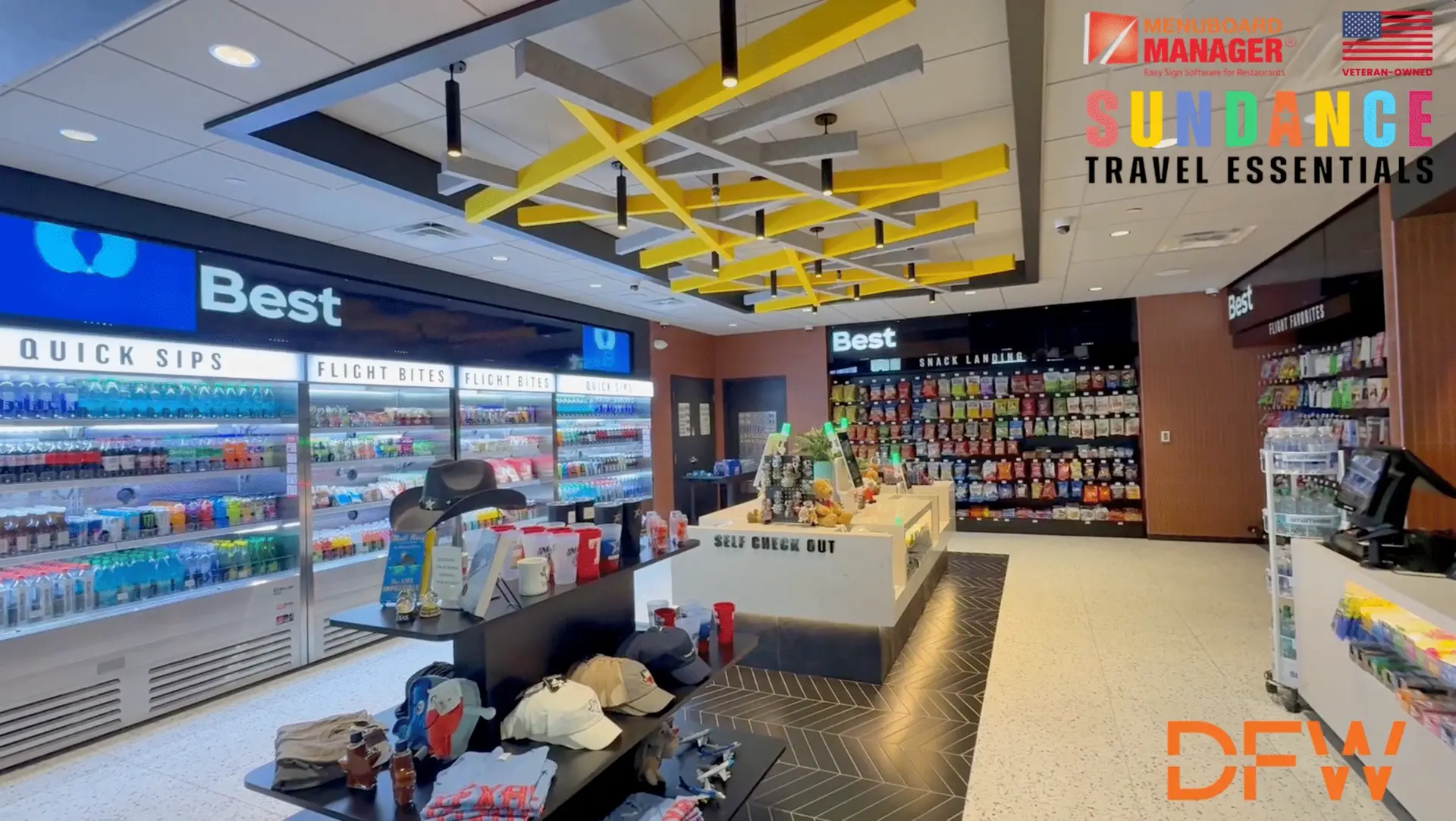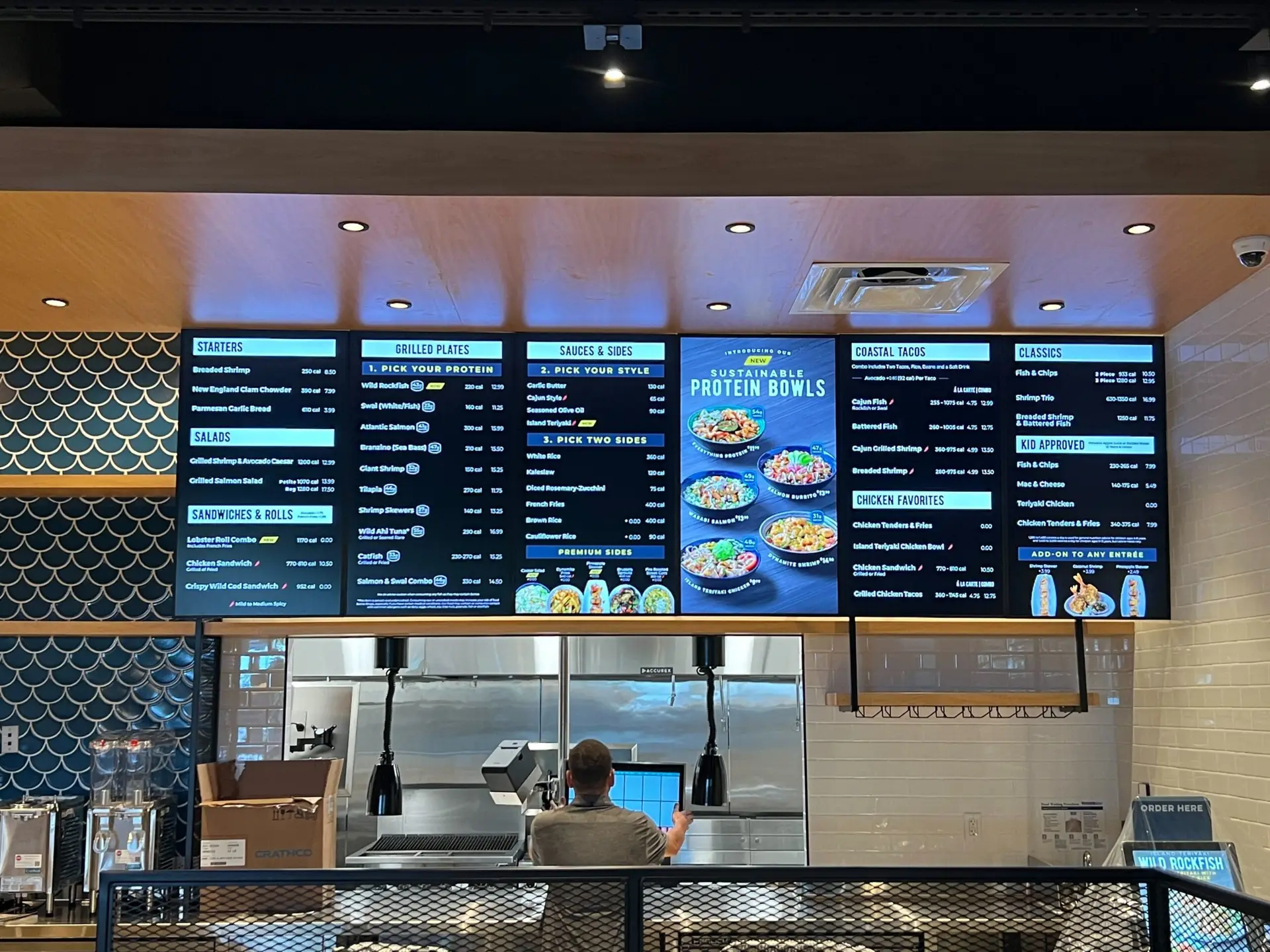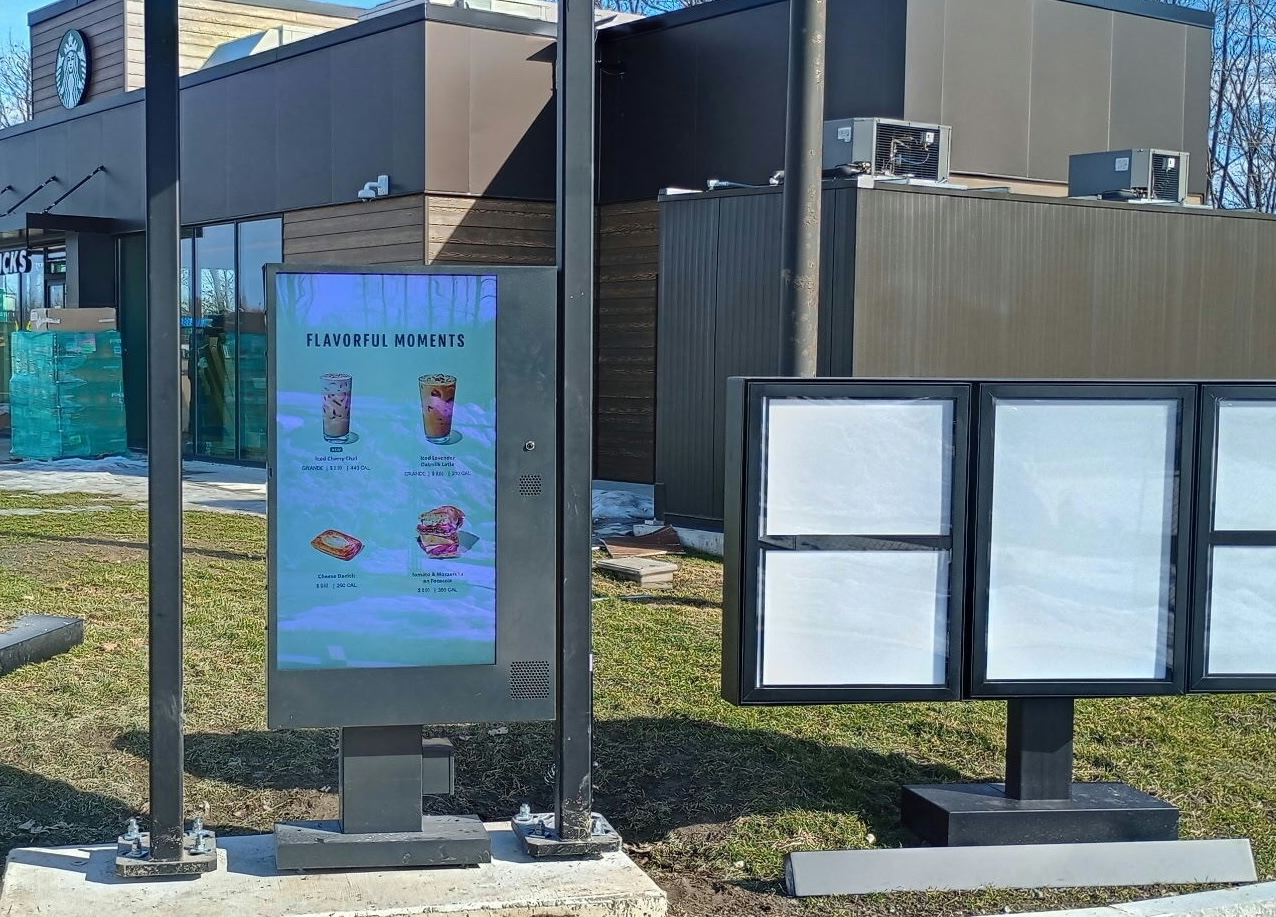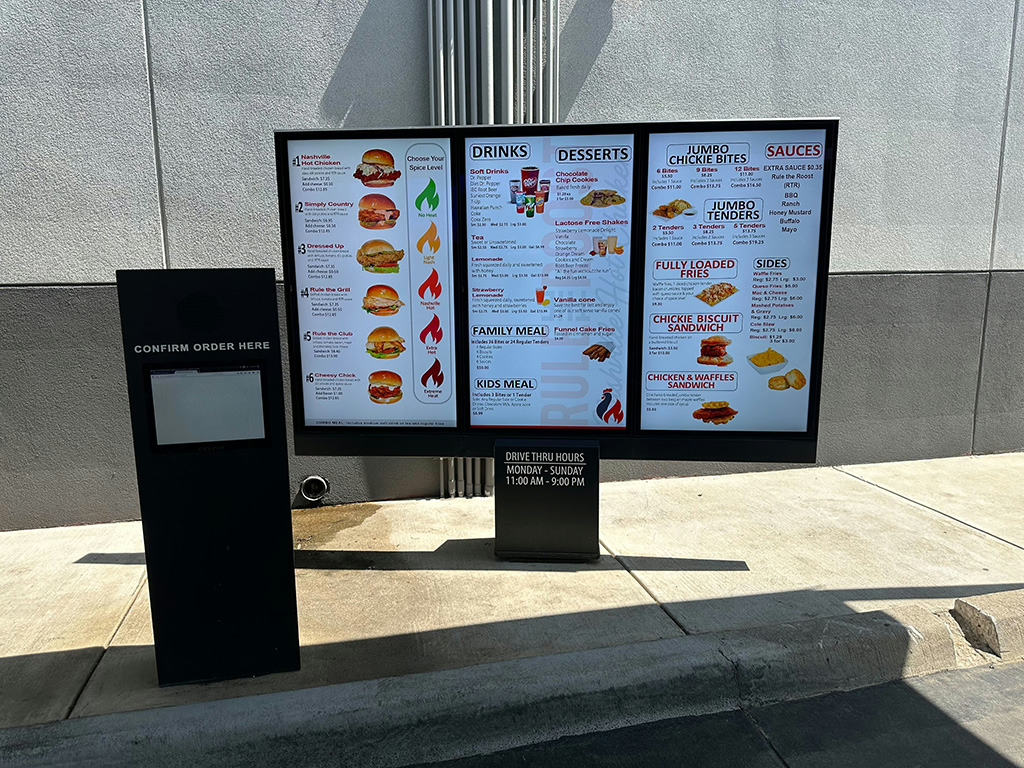When we go out to eat, we’re looking for a great meal at a fair price. However, behind the scenes, restaurants operate on tight profit margins, especially with rising ingredient costs and labor challenges. To stay competitive and maximize revenue, restaurant owners use a variety of subtle strategies to enhance your experience—and encourage you to spend more. From menu design to lighting and music, these tactics help create the perfect dining atmosphere while also influencing purchasing decisions.
Here are five ways restaurants use psychology to shape your dining experience and increase spending.
1. Menu Psychology: Designed to Guide Your Choices
Menus are carefully crafted to catch your eye and direct you toward high-profit items. Every detail, from color choices to menu layout, is intentional. Warm colors like red, orange, and yellow stimulate appetite, while a seafood restaurant might use blue to reinforce freshness.
Restaurants also limit the number of items per section—typically around seven—to prevent decision fatigue. When faced with too many choices, diners can feel overwhelmed, so a curated selection helps guide them toward specific dishes, often those with the highest profit margins.
2. The Power of Buzzwords: Making Food More Tempting
Ever been drawn to a dish simply because of its description? That’s no accident. Restaurants use appealing adjectives and storytelling to make menu items sound more enticing.
Words like fire-roasted, grass-fed, and house-made add an air of exclusivity and quality. Descriptions can also evoke emotions—mentioning Grandma’s flaky crust in a pie description triggers nostalgia, while sun-drenched Mediterranean spices adds an exotic flair. Even using recognizable brand names, like Oreo cheesecake, taps into familiarity and trust.
3. Strategic Pricing: More Than Just Numbers
Restaurants carefully present prices to make them seem more palatable. One common tactic is to remove currency signs, making “9” feel less like actual money than “$9.00.” Some menus even spell out prices (e.g., nine dollars), which research suggests can increase spending by up to 30%.
Another trick is price placement. Instead of listing all prices in a neat column (which invites comparison), they are often placed discreetly next to the dish description in the same font. This subtle move keeps your focus on the food rather than the cost. And when you see prices like $9.99 instead of $10.00, your brain perceives it as significantly cheaper, even though it’s just a penny less.
4. The Decoy Effect: Making Expensive Look Affordable
Restaurants use the decoy effect to make mid-priced items seem like a bargain. By placing a high-priced dish—like a $75 wagyu steak—next to a $25 pasta dish, the latter suddenly seems like a great deal. This encourages customers to choose the mid-tier option, even if they originally intended to spend less.
Since high-margin items (like pasta) cost little to make but are priced strategically, restaurants ensure you see them as the best value—leading to higher profits.
5. Ambience: Setting the Mood for Spending
Everything in a restaurant’s environment is designed to influence your dining behavior. Colors, lighting, and music all play a role in how much you eat and how long you stay.
Red décor is often used because it’s been shown to increase appetite and energy levels, while dim lighting creates a sense of luxury and relaxation. Soft, slow music encourages leisurely dining, leading to increased food and drink orders. By making you feel comfortable and engaged, restaurants can subtly encourage longer visits—and higher bills.
The Psychology of Dining
While these strategies aren’t deceptive, they are deliberate. Restaurants use psychology to craft an experience that feels natural and enjoyable while also driving profits. The next time you dine out, pay attention to the menu layout, descriptions, pricing, and atmosphere—you might just notice these tactics in action!
Want to learn more about the restaurant industry and smart dining strategies? Stay tuned for more insights on our blog!
Ever wondered why you spend so much when you eat out? Restaurants have a bunch of sneaky tricks to make you order more and stay longer. It’s not just about good food; they gotta make money too!
First up, menus are like traps. They use bright colors to make you hungry and only show a few things per section so you don’t get overwhelmed. They also use fancy words like “fire-roasted” and “house-made” to make dishes sound way better than they are.
Then there’s the pricing tricks. They get rid of dollar signs and use weird fonts to mess with your head. They’ll even put a super expensive dish next to a cheaper one to make the cheaper one seem like a steal.
And don’t forget the atmosphere. They use dim lighting and slow music to chill you out and make you stay longer (and order more drinks).
So, next time you’re at a restaurant, keep an eye out for these tricks. You might be surprised at how much they influence what you order!



